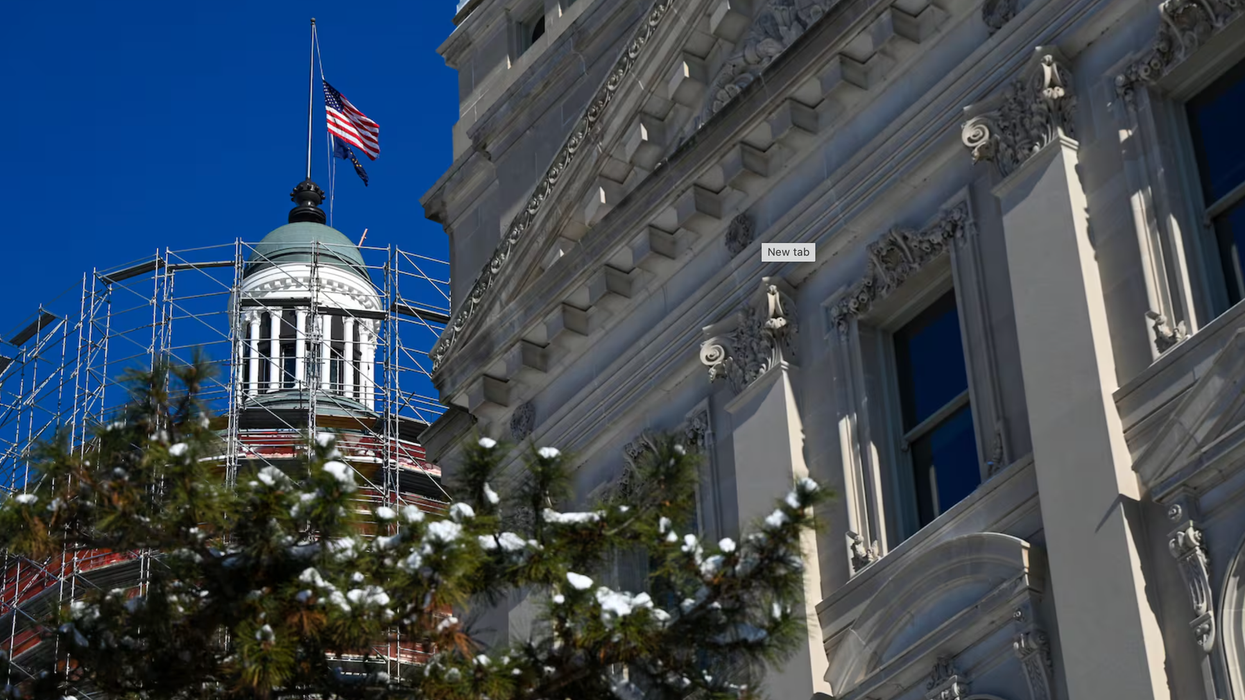Now and then, like an old but long-forgotten friend, something we once valued greatly involuntarily comes to mind, reminding us how much we have changed. So, it is with our right to petition the members of Congress.
Lest we forget…American colonists went to war to preserve their ability to complain to their government. In 1775, members of the Second Continental Congress sent George III a petition, asking that they be allowed to negotiate with him in order to avoid conflict. As British subjects, they could expect this appeal would reach the king as petitioning had been granted by the English monarchy for nearly a century. But, George flatly refused to accept the colonists’ plea, dismissively branding them as traitors. Largely out of frustration with this response, the assembled legislators voted to declare the colonies’ independence and settle this issue on the battlefield. Thus, not surprisingly, when the Bill of Rights was drafted after the Revolution, petitioning the government was enshrined in the First Amendment as a fundamental right that could never be “abridged.”
Fast forward to the 1990s: email was becoming widely used and members of Congress were wary about how they would be able to deal with this new means of communication. Their staff was already swamped by the daily avalanche of letters and the legislators could not see how they could manage a much greater deluge, arriving through the Internet. So, quietly, without putting this policy into law, the lawmakers changed the rules for corresponding with them: henceforth, only mail from constituents would be accepted. Inquiries, comments, suggestions, and criticism from persons residing outside their Congressional districts and (for Senators) states would be refused. Ironically, members of the U.S. Congress took their stand on the side of George III.
Today, petitioning any and all members of Congress remains an inconvenient, neglected right. While it is unequivocally affirmed in our Constitution (as a “cognate” right, promoting democracy) and unambiguously protected by federal law, the scope of petitioning has been greatly reduced: out of 535 members of the legislative branch, you and I have access only to three—our two Senators and one member of the House. (Groups can still send petitions to all legislators: it’s only individuals who are so limited.) As far as I know, over the past 30 years, not a single member of Congress has argued that this residency requirement is unconstitutional, let alone proposing to get rid of it. (When you hear a lawmaker suggest “Write to your Congressman,” he is really telling you that your opinion doesn’t matter to him.) Meanwhile, lobbyists, special-interest groups, and—of course—donors face no such barriers. Money and powerful influence can flow uninterrupted across district and state lines, while ordinary citizen mail cannot.
What is to be done about this unlawful practice that is so inimical to engaging ordinary Americans with the legislative process? (Public opinion polls indicate that the perceived indifference of lawmakers to public interests is making Congress increasingly unpopular.) If members of the House and Senate violate the Constitution, we, logically, might seek a remedy in the courts, but there’s no sympathetic ear there either. Recently, a case that I had brought in Connecticut, challenging petition restrictions, was dismissed by a district court judge on the grounds that Congressional communications are a “legislative activity,” and, as such, enjoy “absolute immunity” from judicial review. And Congress, well…that’s the door that’s already tightly shut.
It seems that our best hope lies with technology. In the age of AI, arguments about Congressional offices being overwhelmed by mass mailings no longer hold any water. They can no longer justify limitations on restricting public access. To drive home this point and convince Congress to change its ways, citizens will need to make use of the petition itself—by organizing a massive grassroots campaign to advocate for the restoration of this once sacred, inviolable, and unrestricted right. Petitioning is as important nowadays as the Founders intended it to be, not as George III wanted it to be.
John V. H. Dippel, an independent historian, has written several books on various topics in modern American and European history. In the late 1960s, he successfully petitioned several Senators to take up the cause of increasing First Amendment rights for members of the U.S. military. He welcomes the chance to lay out the case for doing so now through The Fulcrum.



















